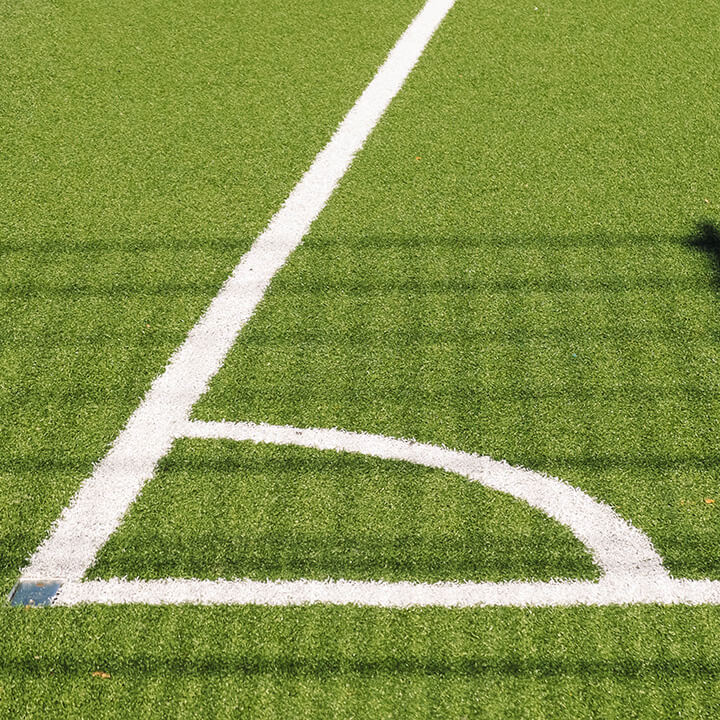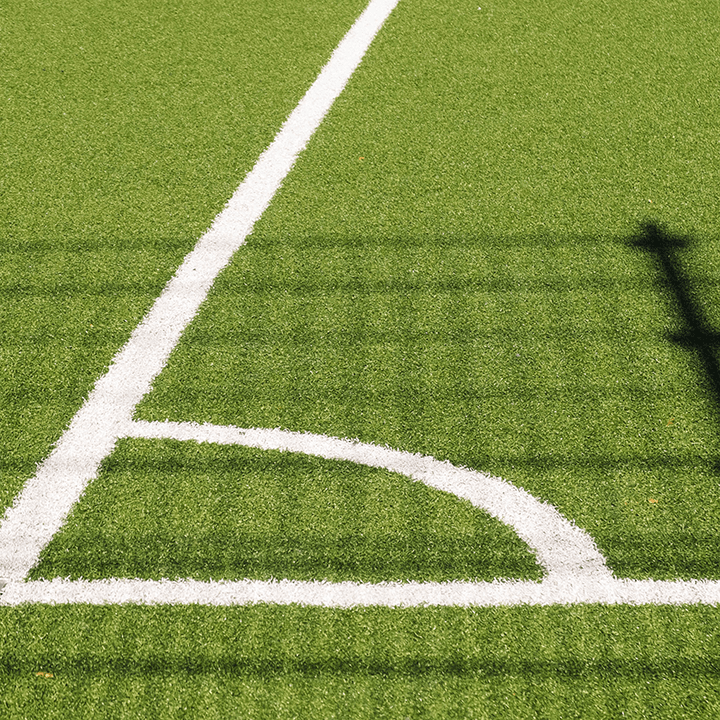Football pitch works and Premier League promotion: Key considerations
9th May 2023
Our Construction & Engineering team, together with our Sports Law colleagues, is experienced in drafting and negotiating contracts for football pitch works and assisting parties to recover their losses when things go wrong. As clubs battle it out in the play offs, Construction & Engineering Partner Carly Thorpe and Director Alex Jones summarise the key pitch upgrade issues for clubs to consider ahead of Premier League promotion, to help avoid the financial losses, deductions and negative publicity of a substandard pitch.

Premier League requirements
The Premier League requires its clubs to make sure each ground and pitch complies with specific criteria. Financial penalties can be applied to clubs that fail to comply. This can create difficulties for clubs on promotion, with significant investment needed in a tight timescale to upgrade the ground and pitch before the first game of the new season. The urgency of these upgrades can mean that clubs struggle to get suitable contracts in place to protect their position. So it pays to think ahead and begin to plan what football pitch works will be needed before promotion’s been confirmed.
Is the pitch the right size?
Section K.15 of the Premier League Handbook confirms that the pitch should be 105 metres by 68 metres, unless otherwise allowed by the Premier League Board. At the time of writing, there are 6 clubs in the Premier League whose pitches are slightly smaller than these dimensions. The most common reason for the Board approving a smaller pitch is space constraints due to the city centre location of the ground. If the pitch isn’t the right size, consider whether it can be extended in case the Board refuses to grant approval.
Has the grass been cut properly?
Section K.20 of the Handbook requires that the pitch grass doesn’t exceed 30mm and the entire playing surface is cut to the same height. Each club should make sure it has a large enough grounds team to constantly maintain the pitch and avoid the pitch becoming overgrown. No patterns are allowed, just straight parallel lines across the entire width of the pitch, perpendicular to the touchlines.
Is the required standard of maintenance in place?
Section K.21 of the Handbook requires clubs to take “all reasonable steps” to make sure the pitch is maintained in good condition. Clubs should implement a robust maintenance regime to make sure the necessary steps are taken to maintain pitches in good order for season wide use and avoid falling foul of the requirements.
Does the pitch have undersoil heating?
Section K.22 of the Handbook confirms that undersoil heating is required on all pitches. Before promotion is confirmed, the club may want to consider contacting building contractors for quotes and proposed lead times to make sure the heating can be installed before the start of the next season. Paragraph 27.9 of Appendix 1 of the English Football League (EFL) regulations already requires clubs to provide full pitch frost covers and/or undersoil heating to seek to ensure a club’s pitch is playable on the occasion of each match, so a number of clubs may already be complying with the Section K.22 Premier League requirement.
Is the pitch an artificial surface?
Section K.24 of the Handbook confirms that no league matches are to be played on an artificial surface (a surface which isn’t predominantly natural grass). Artificial surfaces aren’t allowed in the EFL, so in many cases this won’t be an issue for promoted clubs as most pitches will already be natural grass. The exception to this is where an EFL club shares its ground with a team in a sport other than football, where the playing surface is a hybrid construction (such as Desso). On promotion, a club that shares its ground might need to resurface the pitch to natural grass.
VAR and goal line technology?
Where it’s not already installed, clubs will have to consider installation of necessary technology such as goal line technology and video assistant refereeing under Section K.25 of the Handbook. As part of any upgrade works being considered, it’s essential that clubs implement steps to make sure these technologies are catered for.
Does the club have enough floodlights?
Sections K.171 to K.185 of the Handbook contain specific requirements for floodlights. The Premier League’s Rules in relation to uniformity, illuminance and glare are stringent and tests under strict criteria are carried out each season. The FA’s also produced a detailed guide to floodlighting which is available free of charge at theFA.com.
Is works approval required from the Premier League?
Before carrying out any football pitch works clubs should check whether prior approval from the Premier League is required. For example prior approval is required for any architectural or other plans relating to the construction or refurbishment of any facilities required by Section K of the Handbook (such as broadcaster facilities, VAR, floodlights, and benches) and/or before altering the dimensions of the pitch during the season.
Football pitch works: How we can help
If you have any queries about any of the points covered or would like to know more about our experience in respect of football pitch works please contact Carly Thorpe or Alex Jones. If you have any other sports-related queries, please contact a member of our Sports Law team.






